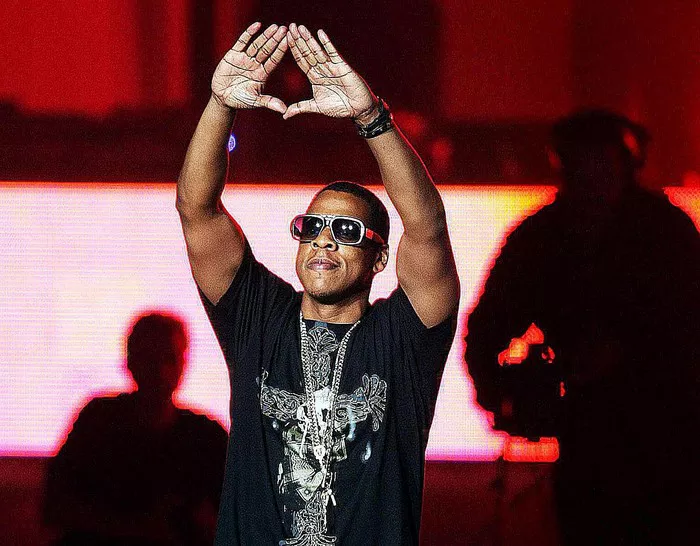Rap music is a captivating and influential genre that has taken the world by storm. It has transcended cultural and linguistic barriers, leaving an indelible mark on the music industry. Often misunderstood, rap music is more than just rhymes and beats; it is a powerful form of expression that reflects the artist’s experiences, emotions, and thoughts. In this article, we will delve deep into the essence of rap music, exploring its history, defining its characteristics, and understanding its cultural significance.
1. The Origins of Rap
Rap music finds its roots in the African oral tradition, where storytellers and griots would rhythmically chant stories and histories to their communities. These traditions evolved over centuries, culminating in the emergence of rap in the 1970s in the Bronx, New York. It was a form of expression for African-American and Latino communities, serving as a voice for the marginalized and disenfranchised.
2. The Elements of Rap
Rap music is characterized by several essential elements:
A. Emceeing: The heart of rap lies in the emcee’s (rapper’s) performance. They use rhythm, flow, and wordplay to convey their message effectively.
B. Beats: The instrumental background that accompanies the rap is crucial. DJs and producers create these beats, often using drum machines and samples from various genres.
C. Lyrics: Rap lyrics are central to the genre’s identity. They are crafted to reflect the artist’s experiences, social commentary, personal struggles, and aspirations.
D. Flow: Rap artists use various flows, which refer to the rhythmic patterns in which they deliver their verses. A unique flow sets rappers apart and contributes to their individuality.
3. The Evolution of Rap
Over the years, rap music has undergone significant transformations. From its humble beginnings in the streets of New York, it has grown into a global phenomenon with diverse sub-genres. Gangsta rap, conscious rap, mumble rap, trap, and alternative rap are just a few examples, each offering a unique perspective and sound.
4. Rap’s Influence on Culture and Society
A. Social Commentary: Rap music has long been a platform for artists to address social issues. From racial inequality to police brutality, rappers have brought attention to critical matters that affect their communities.
B. Language and Slang: Rap has introduced numerous new words and phrases into everyday language. The creativity and wordplay in rap lyrics have had a significant impact on modern slang.
C. Fashion: Rap artists are known for their distinctive fashion choices. From baggy clothes and chains to high-end designer wear, rap fashion has shaped trends worldwide.
D. Entrepreneurship: Many rap artists have ventured into entrepreneurship, establishing their record labels, fashion lines, and other businesses.
E. Globalization: Rap music’s global popularity has encouraged artists from different cultures to incorporate rap elements into their music, leading to a fusion of diverse musical styles.
5. Misconceptions Surrounding Rap
Unfortunately, rap music has faced its share of misconceptions and criticisms:
A. Violence and Misogyny: Some critics claim that rap music promotes violence and misogyny. While certain sub-genres might contain explicit content, it is essential to recognize that rap artists often use hyperbole and artistic license to tell stories.
B. Cultural Stereotyping: Rap music is sometimes associated solely with certain communities, leading to cultural stereotyping and unfair judgments.
C. Commercialization: As rap gained commercial success, some argue that its authenticity has been compromised. However, many artists manage to maintain their genuine voice while navigating the industry.
6. The Role of Rap in Modern Music
In the modern music landscape, rap has become one of the dominant genres, influencing other styles and even reshaping popular music. The blending of rap and R&B, known as “hip-hop soul,” has produced chart-topping hits and introduced rap to new audiences.
7. The Art of Freestyling
Freestyling is a significant aspect of rap culture. It involves improvising lyrics on the spot, often in a competitive setting called a rap battle. Freestyling showcases an emcee’s skill, creativity, and ability to think on their feet.
Conclusion
Rap music is a rich and multifaceted genre that goes far beyond its popular image. It encompasses a diverse array of styles and messages, reflecting the experiences and aspirations of artists worldwide. From its humble beginnings as a form of street poetry to its position as a global cultural force, rap music has continually evolved, leaving an indelible mark on society.
To define rap music is to recognize its power to bring communities together, to address social issues, and to provide a creative outlet for artists to express themselves authentically. By understanding the roots, elements, and cultural significance of rap, we can appreciate the artistry and impact of this extraordinary musical genre. So, the next time you listen to a rap song, take a moment to delve deeper into the lyrics and appreciate the stories being told, the emotions being conveyed, and the powerful art form that is rap music.

